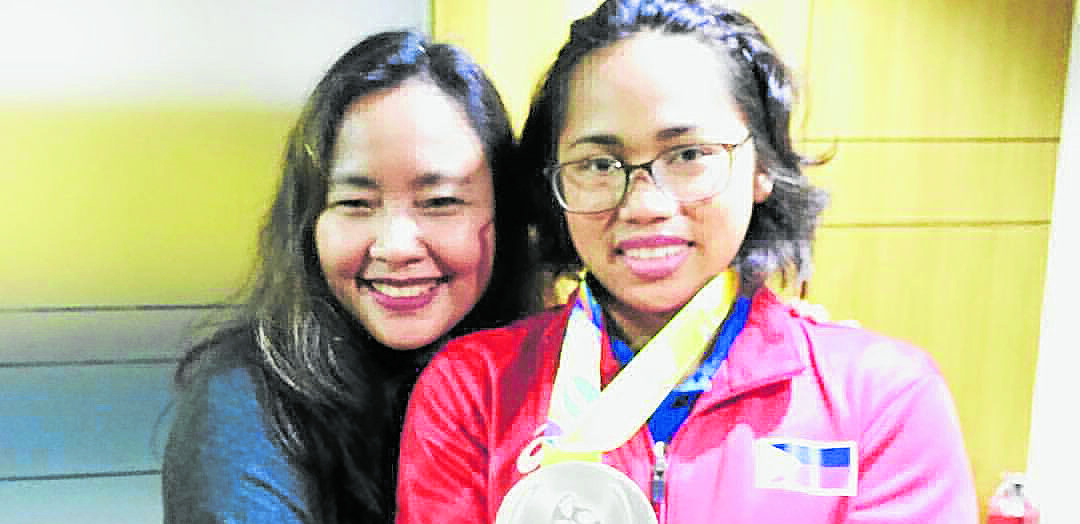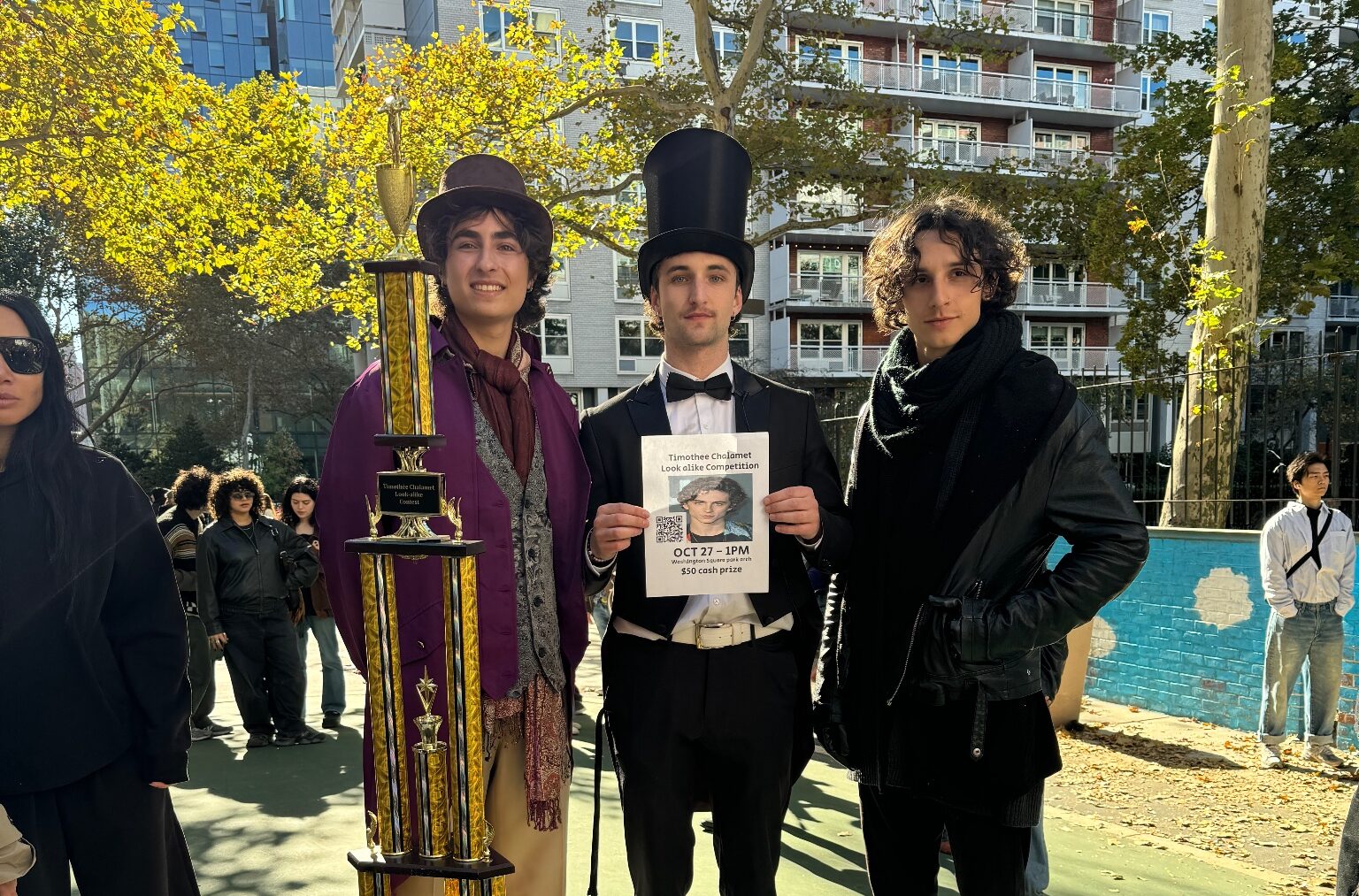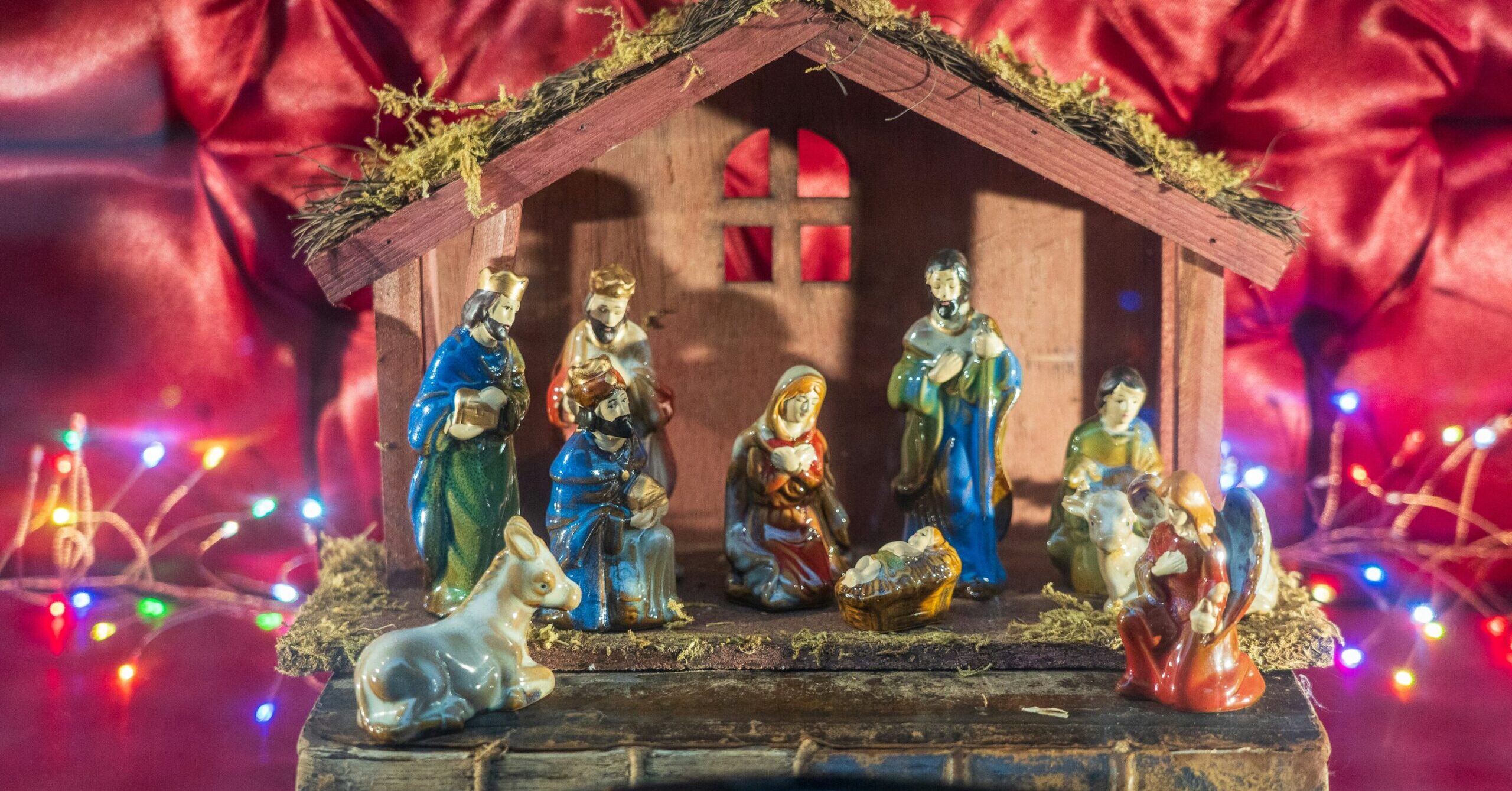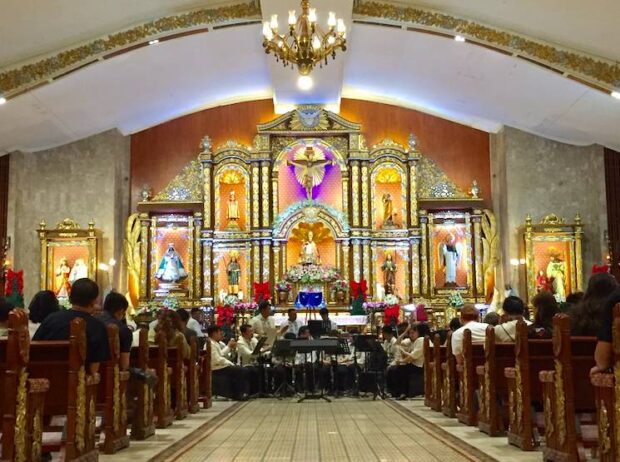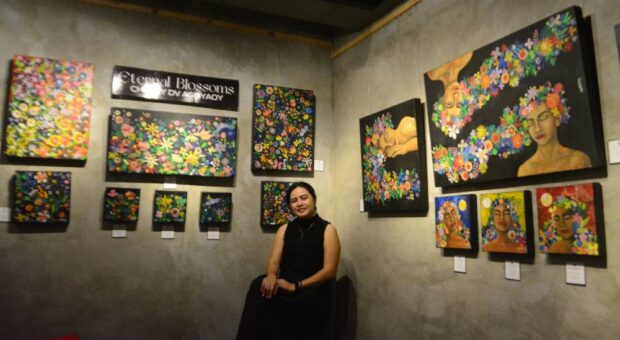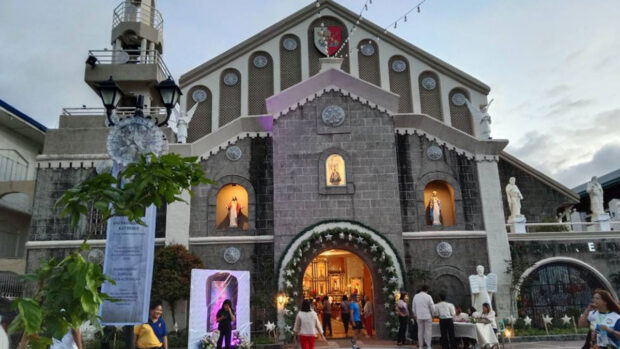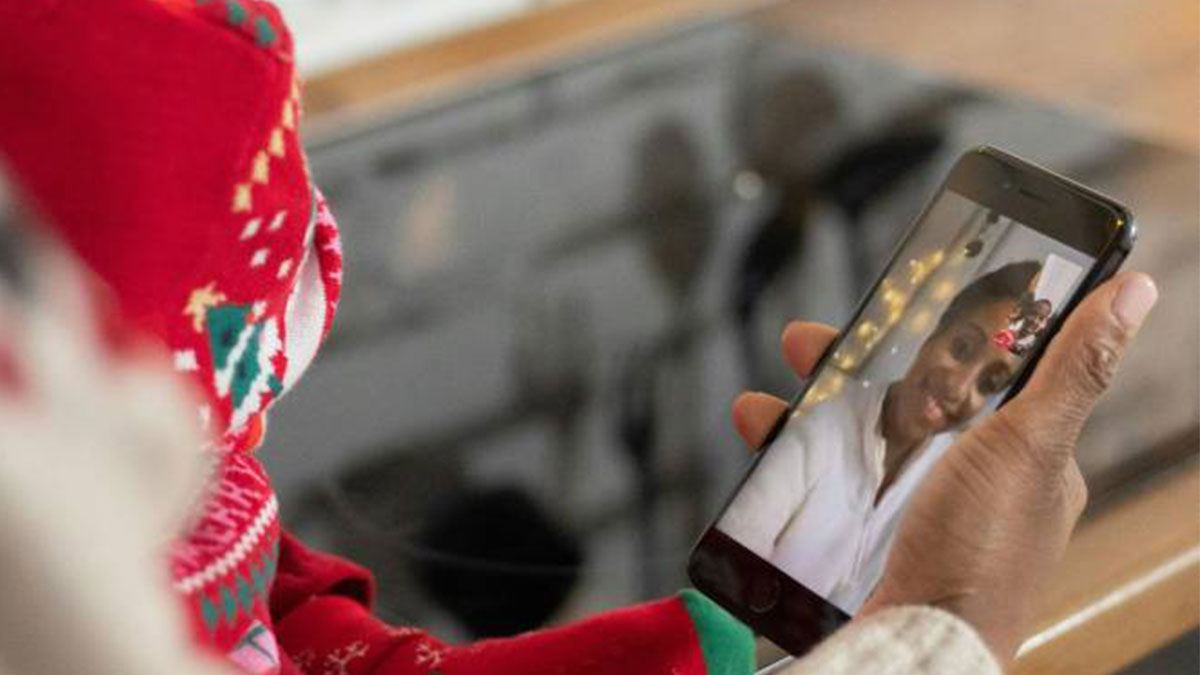In 2016, one of our clients, Alsons Power Group (APG), an energy provider in Mindanao, asked us to distribute a photo release on two weightlifters and their coach, who were bound for the Rio Olympics.
Little did we know that, weeks later, one of those athletes would come home with an Olympic silver medal. Hidilyn Diaz did not only win a silver; she also became the first Filipina to ever win an Olympic medal in competition.
Little did I know, too, that that would lead me to have a very close encounter with the woman destined to be our country’s first Olympic gold medalist.
I still remember clearly when Jun-Jun Contreras, APG’s corporate communications head, learned that Diaz won, and he was ecstatic. He said we needed to write a press release about it. As their PR consultant, I replied, “What press release?! This deserves a full-blown press conference!”
Unglamorous but jampacked
We ended up hurriedly preparing for a press conference. We did not have time to book a hotel function room, so we decided to just hold it at one of the conference rooms at the Alsons’ office in Makati.
Diaz, together with weightlifter Nestor Colonia and coach Alfonsito Aldanete, were set to arrive in Manila from Rio at 9 a.m. on Aug. 17, 2016, and promised to drop by at the Alsons’ office by 9:30 a.m.
Media started arriving by 8 a.m., something that does not happen very often, as any PR person will tell you. We served breakfast as soon as they arrived. It was probably the most unglamorous media event I have ever organized, but it was also one of the most jampacked. I often see that kind of media attention only during events with the President or big foreign celebrities.
Cameras started clicking like crazy as soon as Diaz entered the room. But their focus, this petite woman in a red jacket, seemed oblivious to the media attention. Except for the silver medal hanging around her neck, you wouldn’t think there was something special about her by the way she carried herself. She had no pretensions. She was mild-mannered and soft-spoken. On my Instagram post of our picture together, I said it was one of the few times I got starstruck. It was her simplicity and humility despite her strength and accomplishment that got me.
She was jet-lagged and tired from the long trip and was suffering from a mild tummy ache, but she handled all the interviews like a pro. She was calm the entire time, even when she was being interviewed by Dyan Castillejo. It was when I introduced Jo Valle of Yes! Magazine that her eyes lit up. Kinilig siya! I remember telling the team: “Aba, may showbiz ambitions ata!”
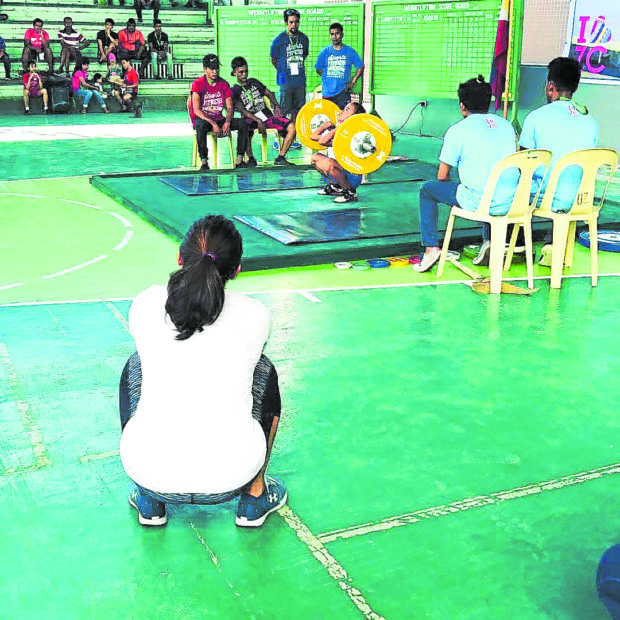
In that press conference, we also announced that Alsons was launching a scholarship program for young weightlifting athletes from her hometown in Zamboanga. The company wanted to partner with Diaz on this scholarship program because she had mentioned that she really wanted to share her success with the kids.
Scholarship program
Fast-forward to several months later, and we were ready to launch the Alsons Power-Hidilyn Diaz Scholarship Program for aspiring weightlifters, during the Zamboanga Hermosa Weightlifting Championship at the Universidad de Zamboanga gym.
My colleague Jenny Villona and I made plans to travel to Zamboanga to cover the event, a trip that I was initially hesitant to take because Mindanao was under martial law back then. But I’m glad that I overcame my fear, and my sense of duty to my client prevailed because if not, I would have missed the opportunity of a lifetime—seeing for myself how the country’s future Olympic gold medalist has a heart of gold.
On Oct. 7, 2017, we went to the Zamboanga Hermosa Weightlifting Championship, a competition that gathered around 90 weightlifters from around the country.
As soon as Diaz arrived at the venue, she immediately went to check on some of the kids that she personally knew and gave them last-minute tips. Looking at how the kids responded to her, you could tell how she inspired them. During the competition, she sat right in front of the athletes as she cheered them on. You could tell that she was really passionate about helping those kids.
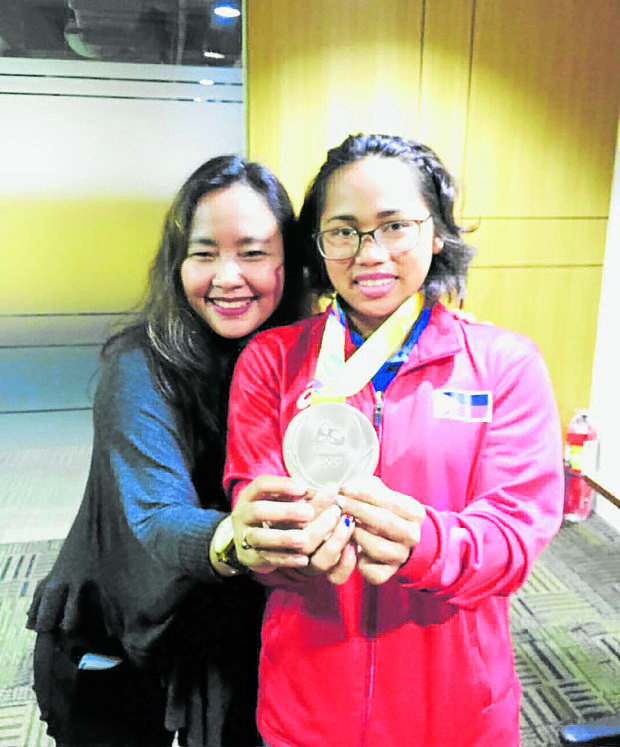
There we launched the scholarship that would pay for the full tuition and provide a stipend to cover uniforms and school supplies for a select group of needy, aspiring weightlifter student athletes. They were chosen from a group of young athletes that would train in Diaz’s weightlifting training gym.
There were five scholars in the initial batch, and two of those scholars, Rosegie Ramos, 13, and Jane Linete Hipolito, 16, ended up qualifying for the Youth Olympic Games (YOG) the following year.
After the launch, we went to take some pictures of Diaz at her family home and the weightlifting gym that she built with her reward money for winning silver at the Olympics. The gym was a very short walk away from her home. She made sure to equip it with competition-grade weightlifting equipment, a far cry from the 10-square-meter gym where she used to train.
While in her home, Jenny and I asked if we could use the toilet. She asked us to wait a bit as she had to fetch water for us because there was no running water during the day. She could have asked someone else to do it, but no, she did it herself, and that is something I will never forget, ever. She was very down-to-earth.
On the van ride there, she also shared how she really wanted to help aspiring weightlifters so they could have better lives through this sport that they love. She wanted to inspire them and give them hope. She casually mentioned how she would give them vitamins and shoes that are given to her.
At that time, the Korean drama “Weightlifting Fairy” was still generating so much buzz, so I asked her if she had seen it and she said she’d heard about it but hadn’t found time to watch it. I wonder if she ever found the time to do so. One thing’s for sure: Her story is far more interesting and colorful than Kim Bok-joo’s.
Supporting athletes
After the short photoshoot, she asked if we could drop her off at Alavar’s, where she was to have dinner with her family. Jenny and I told her how much we enjoyed the curacha we had there the night before.
“Gusto ko rin kumain ng curacha,” she said, and proceeded to call her mom, who was already at the restaurant, to order curacha for her. Never mind her allergy, she said. She’ll just take allergy medicine.
Unfortunately, I didn’t have the chance to work with Diaz again after that. I’m not even sure if she remembers me. But I will always treasure the rare opportunity I had of seeing a champion up close. And more than that, this whole experience reminds me of how important it is to support and nurture athletes during times when they need it the most.
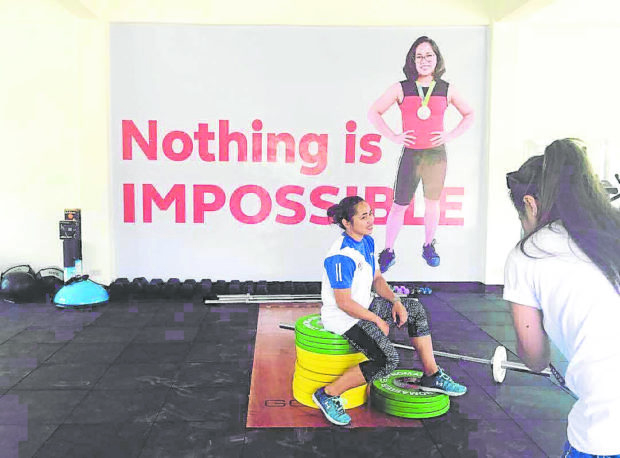
Prior to Rio, Alsons gave Diaz and her team some cash after learning they needed help with pocket money for the trip. It was only $3,500—$1,500 for the coach, and $1,000 each for Diaz and fellow weightlifter Nestor Colonia—but it was a big help to them back then.
Alsons has been helping Diaz since, and has been one of the two organizations that consistently provided support for Team HD while they were stuck training in Malaysia.
Diaz’s scholars, Rosegie and Jane, have been winning medals in international competitions since their stint at YOG. I heard Rosegie will be someone to watch at the Paris Olympics in 2024.
I hope this inspires other companies and brands to take a look at supporting athletes during the most crucial time, during training, and not just rewarding them after they’ve won medals. —CONTRIBUTED INQ
The author is SVP for Media Relations at WSP Inc., a communications consulting agency.

